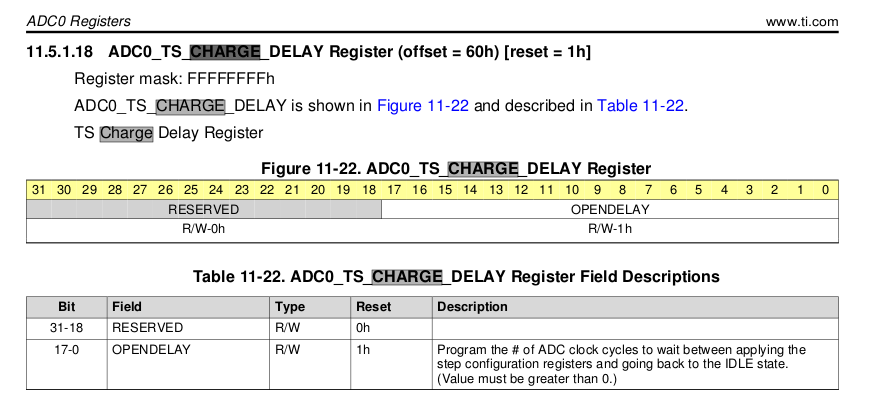Tool/software: Linux
TISDK version: 4.3.0.5
Linux Version: 4.9.69
I am trying to get the touchscreen working on a custom board and I was getting very erratic pen up event coordinates. I read here that increasing the value of the "ti,charge-delay" property could help with this. I increased the value and it definitely helped, but I was still getting some inconsistent results every once in a while.
I guess my first question is, what is a normal value for the ti,charge-delay property? And secondly, do you have any idea why the driver would be giving these inconsistent results?


